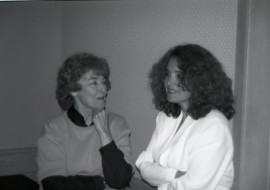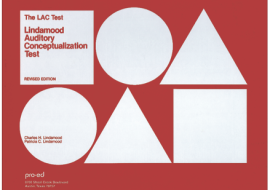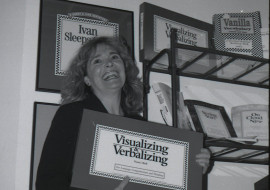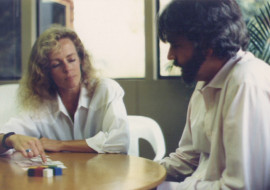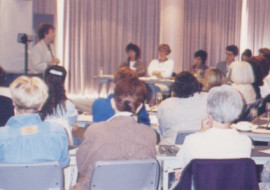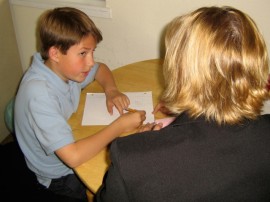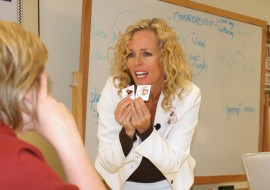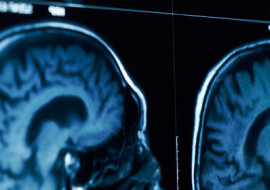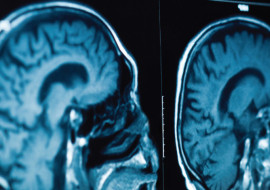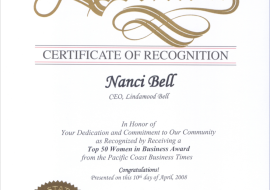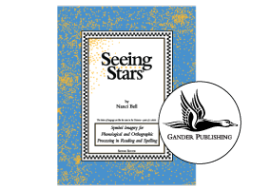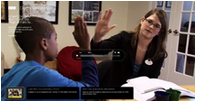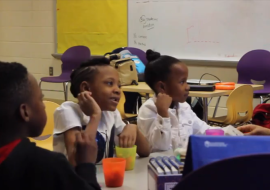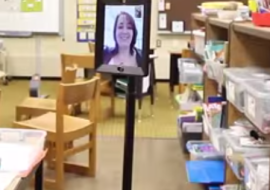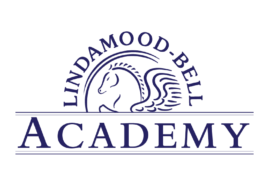We Believe
Lindamood-Bell is committed to teaching
children and adults
to read and comprehend to their potential.
We have dedicated ourselves to refining and researching our instruction in language and literacy processing. The result is evidence-based instruction that you can believe in.
Instruction You Can Believe In
We monitor the quality of instruction at our Learning Centers, Academy, and School Partnerships.
Each Lindamood-Bell Learning Center is part of the Lindamood-Bell Instructional Quality (IQ) Team—and the IQ Team consists of multiple levels of management and oversight.
Lindamood-Bell mentors, consultants, center directors, project directors, the corporate Instruction Support Team, the Director of Instruction, and the authors of the programs all oversee our instruction.
About us
 Lindamood-Bell teaches children and adults reading and comprehension. For over 35 years, our intensive, evidence-based instruction has been used in Lindamood-Bell Learning Centers to strengthen the sensory-cognitive functions needed for reading and comprehension.
Lindamood-Bell teaches children and adults reading and comprehension. For over 35 years, our intensive, evidence-based instruction has been used in Lindamood-Bell Learning Centers to strengthen the sensory-cognitive functions needed for reading and comprehension.
Our philosophy has always been that all individuals can be taught to read and comprehend to their potential. Our sensory-cognitive instruction has proven successful for individuals with learning challenges, including dyslexia, ADHD, and autism.
Our instruction is based on a theory of cognition—reading and comprehension are cognitive acts—and can address the global needs of learners.
Timeline
Our Founders

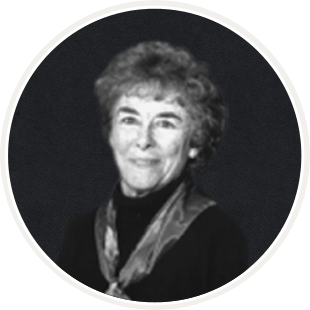

Nanci Bell, M.A., is co-founder and director of Lindamood-Bell Learning Processes. Nanci received her B.A. in Elementary Education and her M.A. in Education, specializing in Reading, from California Polytechnic State University, San Luis Obispo. She began as a classroom teacher and then worked in private practice where she gained extensive experience in the treatment of language and literacy disorders. Interested in finding solutions, and believing that concept imagery is a critical factor in language comprehension and analytical thinking, she developed specific steps to stimulate concept imagery. Nanci later applied that research to the development of her program to improve reading fluency and accuracy. In 1986, Nanci and Patricia Lindamood founded Lindamood-Bell Learning Processes.
“If we measure sensory-cognitive processing, differentiate the diagnosis, and provide instruction to develop the sensory input of imagery, students can become independent in language and literacy skills.
It is inaccurate to suggest that a reading disability is lifelong and cannot be changed. If the brain can change, the behaviors can change.” ~ Nanci Bell

The late Patricia C. Lindamood, M.S., CCC-SLP, was co-founder and director of Lindamood-Bell Learning Processes. Her degrees in speech-language pathology and audiology, and her husband’s background in linguistics, led to their early interest and seminal research in phonemic awareness/auditory conceptual function, as well as its predictive relationship to reading and spelling development. Their clinical experience and research resulted in a diagnostic test and treatment program for phonemic awareness / auditory conceptual function that is still in use, both nationally and internationally.
The Human Learning and Behavior branch of the National Institute of Health has funded multiple research studies involving the Lindamood® concepts. Pat’s professional experience included public school, university, and hospital settings, in addition to her private practice and time as an adjunct instructor for the University of California.
Each year on August 27th, Pat’s birthday, we remember and celebrate her many contributions to Lindamood-Bell and the field of education. We especially remember her for the beliefs that she imparted to each of us: that every person could learn to his or her potential, that we could make a difference, and that there is good in each individual—and in each of us.
“The brain can only receive information from our senses, and it is a multi-sensory organ. It is encouraging to report what intervention research reveals: establishing sensory-language connections is the key to establishing those aspects of multisensory integration which individuals do not access genetically.” ~ Pat Lindamood
![]()
Who can we help?
We work with children and adults of all ages and levels.
Some students come to us with general learning challenges or a previous diagnosis such as dyslexia or autism spectrum disorder.
Some students come to us to enhance their skills or to just make learning easier.





